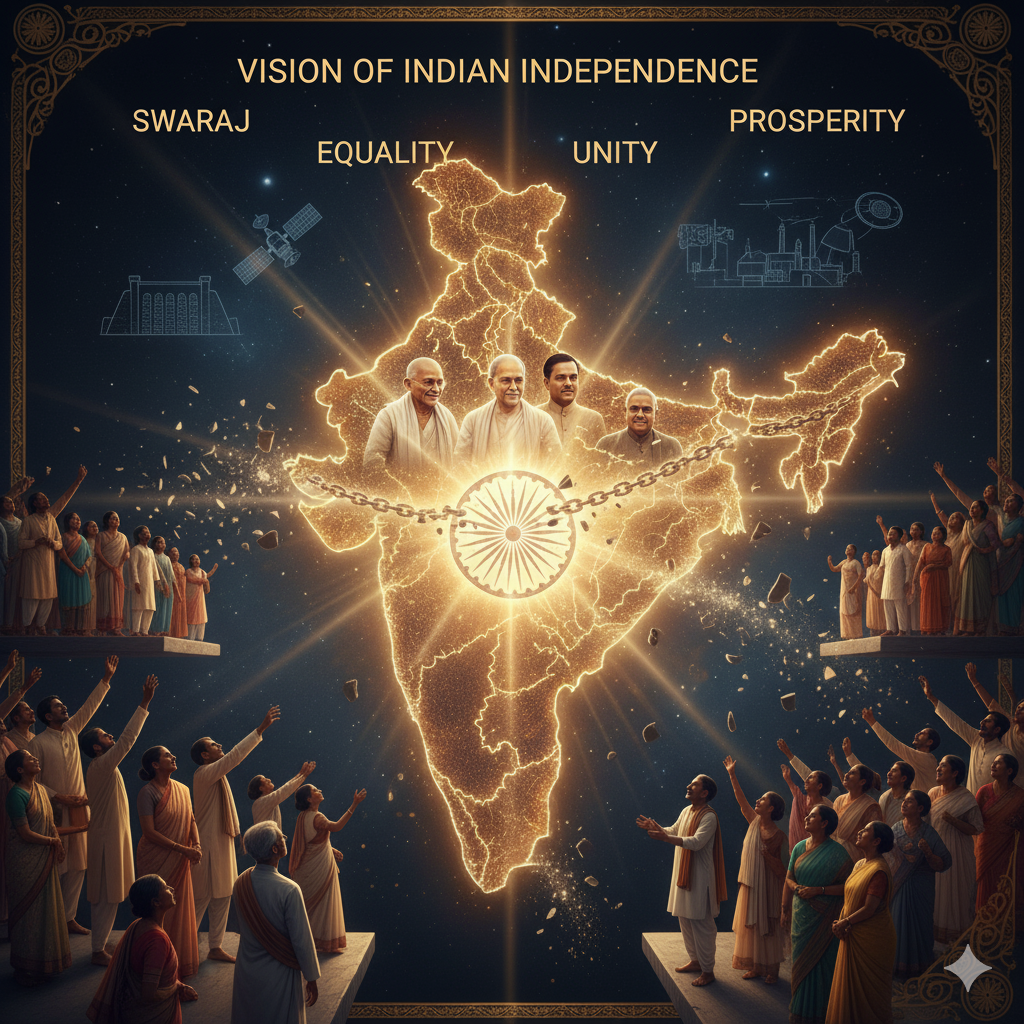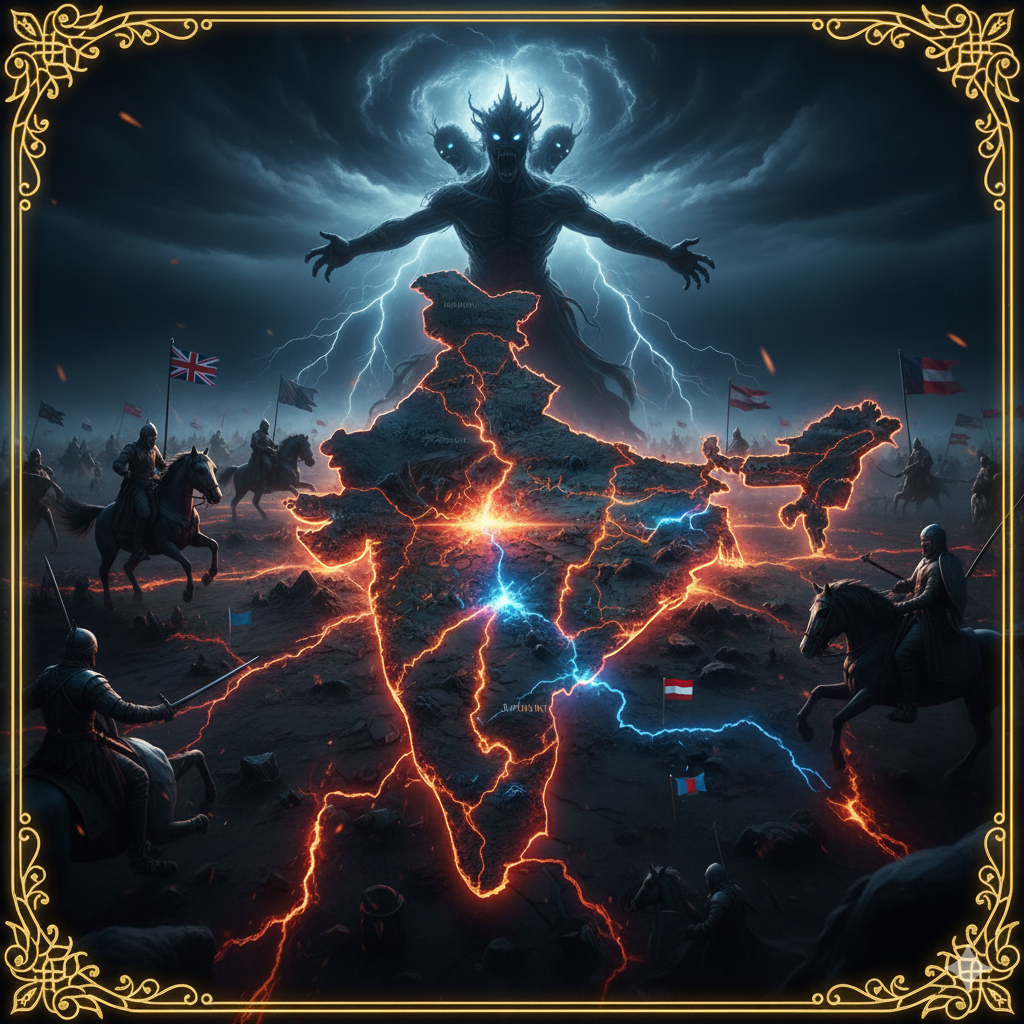Introduction
The nineteenth century marked a crucial turning point in the history of India. This period witnessed not only the consolidation of British colonial power but also the awakening of a new socio-political consciousness among Indians. One of the most significant aspects of this awakening was the emergence of what came to be known as the “Women’s Question.” The term symbolized the growing concern among reformers, nationalists, and intellectuals about the condition of women in Indian society and the urgent need for their upliftment. The women’s question was central to the broader reform movement that sought to redefine Indian society in response to both indigenous traditions and colonial modernity.
During the 19th century, social reformers across India initiated debates on issues such as sati, child marriage, widowhood, female education, purdah, and women’s property rights. These discussions not only shaped modern Indian thought but also laid the foundation for future struggles for gender equality and women’s empowerment.
Historical Context: The Roots of the Women’s Question
By the early 19th century, Indian society had been under the influence of centuries of patriarchal traditions. Women were largely confined to domestic spaces, denied access to education, property, and independent social identity. Several social evils had taken deep roots:
- Sati (widow burning) was still practiced in many parts of the country, particularly Bengal.
- Child marriage was widespread, leading to physical, emotional, and psychological harm.
- Enforced widowhood condemned widows to a life of austerity, isolation, and deprivation.
- Purdah (veil system) restricted women’s mobility and freedom.
- Female infanticide was practiced among certain castes and regions due to socio-economic pressures.
The British colonial administration, while often motivated by its own agenda, played a dual role. It brought Western education and liberal ideas that encouraged Indians to introspect, but it also used the so-called “degraded condition of Indian women” as a justification for imperial rule. In this context, Indian reformers sought to reinterpret their own cultural and religious traditions to demonstrate that social reform and modernization were compatible with Indian values.
Major Issues Concerning Women in 19th Century India
1. The Abolition of Sati
The most dramatic reform movement of the early 19th century revolved around the abolition of sati, the practice in which a widow immolated herself on her husband’s funeral pyre.
- Raja Ram Mohan Roy, one of India’s foremost reformers, took a leading role in condemning this inhuman custom.
- He argued that sati had no sanction in the Vedas or early Hindu scriptures and was a later distortion.
- His persistent efforts and advocacy through writings and petitions led to the passing of the Regulation XVII of 1829, which outlawed the practice of sati in Bengal Presidency under Governor-General Lord William Bentinck.
The abolition of sati became symbolic of the awakening conscience of Indian society and its capacity for self-reform. However, it also sparked debates about colonial interference in Indian religion and customs.
2. Widow Remarriage
The condition of widows in 19th century India was one of extreme suffering. They were often subjected to lifelong austerity, social ostracization, and denial of basic human dignity.
- Ishwar Chandra Vidyasagar, another great reformer from Bengal, was deeply moved by the plight of Hindu widows.
- He used ancient Hindu texts such as the Parashar Smriti to show that widow remarriage was not contrary to Hindu law.
- His sustained campaign led to the enactment of the Hindu Widow Remarriage Act of 1856, which legalized widow remarriage.
While the law was a milestone, social acceptance remained limited. The reform revealed the tension between progressive legislation and conservative societal attitudes.
3. Child Marriage and Age of Consent
Child marriage was another major issue addressed by reformers. Girls were often married off before puberty, leading to severe health problems, early widowhood, and curtailed education.
- Keshab Chandra Sen of the Brahmo Samaj and other social reformers campaigned for raising the age of marriage.
- The Age of Consent Act of 1891, which raised the age of consent for girls from 10 to 12 years, was a result of this sustained agitation.
- However, this law also sparked opposition from orthodox Hindus, who viewed it as interference in religious customs.
The debates around child marriage reflected the complex interplay between religion, reform, and colonial law-making.
4. Female Education
Perhaps the most transformative reform was in the field of female education. Education was seen as the key to women’s emancipation and social progress.
- Raja Ram Mohan Roy, Jyotiba Phule, Savitribai Phule, Ishwar Chandra Vidyasagar, and Keshab Chandra Sen were pioneers in promoting women’s education.
- Savitribai Phule established one of the first girls’ schools in Pune in 1848.
- Vidyasagar founded numerous schools for girls in Bengal, while missionary organizations also established educational institutions for women.
Despite resistance from orthodox sections, the idea that women should be educated gradually gained ground. By the end of the century, women were increasingly entering the fields of teaching, literature, and social work.
5. Property Rights and Legal Reforms
Another significant area of debate concerned women’s property and inheritance rights.
- Under traditional Hindu law, women had very limited rights to property.
- The Hindu Women’s Right to Property Act (1937) came much later, but the groundwork for such reform was laid in the 19th century debates.
- Reformers argued that economic independence was essential for women’s dignity and autonomy.
6. The Purdah System and Seclusion of Women
The purdah system was widely prevalent among upper-caste Hindus and Muslims, restricting women’s physical mobility and social participation.
- Reformers like Syed Ahmed Khan, Behramji Malabari, and members of the Aligarh Movement emphasized the need to reinterpret Islamic teachings to allow for women’s education and greater visibility in society.
- The reform efforts were cautious, balancing between religious sensitivity and social progress.
Debates Surrounding the Women’s Question
The reformist discourse around women in 19th century India was complex and multifaceted. It generated debates among three major groups:
- Colonial Officials:
- The British often claimed that Indian society was backward and oppressive toward women.
- They used women’s issues as a justification for their “civilizing mission.”
- Indian Social Reformers:
- Reformers like Ram Mohan Roy, Vidyasagar, and Phule saw women’s upliftment as central to national regeneration.
- They combined scriptural reinterpretation with modern liberal ideals to bring about reform from within society.
- Reformers like Ram Mohan Roy, Vidyasagar, and Phule saw women’s upliftment as central to national regeneration.
- Orthodox and Conservative Elements:
- Groups like the Dharma Sabha in Bengal opposed reforms, claiming they were an attack on Hindu tradition.
- They saw the reformers as agents of Westernization and loss of cultural purity.
- Groups like the Dharma Sabha in Bengal opposed reforms, claiming they were an attack on Hindu tradition.
Despite resistance, the reform movements gradually transformed social attitudes and created a space for women in public life.
Regional Dimensions of the Women’s Question
- Bengal: The Brahmo Samaj led the campaign for reform, especially in widow remarriage and education.
- Maharashtra: Jyotiba and Savitribai Phule challenged caste and gender oppression together.
- South India: Reformers like Kandukuri Veeresalingam fought for widow remarriage and women’s education.
- North India: Reform efforts were slower, but organizations like the Arya Samaj later took initiatives for women’s upliftment.
Impact of Reform Movements on Women’s Lives
The social reform movements of the 19th century laid the foundation for a gradual transformation in the status of women:
- Women began to enter schools and colleges.
- A new generation of educated women emerged—such as Pandita Ramabai, Tarabai Shinde, and Kamaladevi Chattopadhyay—who later became voices of feminist assertion.
- The reform movements created the basis for the emergence of women’s organizations like the Women’s Indian Association (1917) and the All India Women’s Conference (1927).
Though progress was uneven, the 19th century reforms marked the beginning of women’s public visibility in modern India.
Critiques of the Reform Movement
While the reformers’ efforts were revolutionary for their time, modern scholars have also critiqued certain aspects:
- The “reform from above” approach often treated women as passive subjects of reform rather than active agents of change.
- The reforms were largely urban and upper-caste in focus, leaving out lower-caste and rural women.
- Some feminist historians argue that the reforms often sought to create a “new woman” suited to a modern nation rather than fully challenging patriarchal norms.
Nevertheless, these movements ignited a dialogue that evolved into more inclusive and radical feminist struggles in the 20th century.
Conclusion
The “Women’s Question” of 19th century India was not merely a debate about gender—it was a reflection of the larger transformation of Indian society under the pressures of colonial modernity and indigenous reform. The period witnessed a profound questioning of long-held traditions and the emergence of new visions of equality, justice, and social reform.
While the reformers worked within the limitations of their time, they succeeded in laying the moral, intellectual, and institutional foundation for later advances in women’s rights. Their efforts sowed the seeds of modern Indian feminism and inspired generations of women to challenge inequality in all forms.
The story of the women’s question in 19th century India remains a vital chapter in the broader narrative of India’s journey toward modernity, freedom, and social justice.




